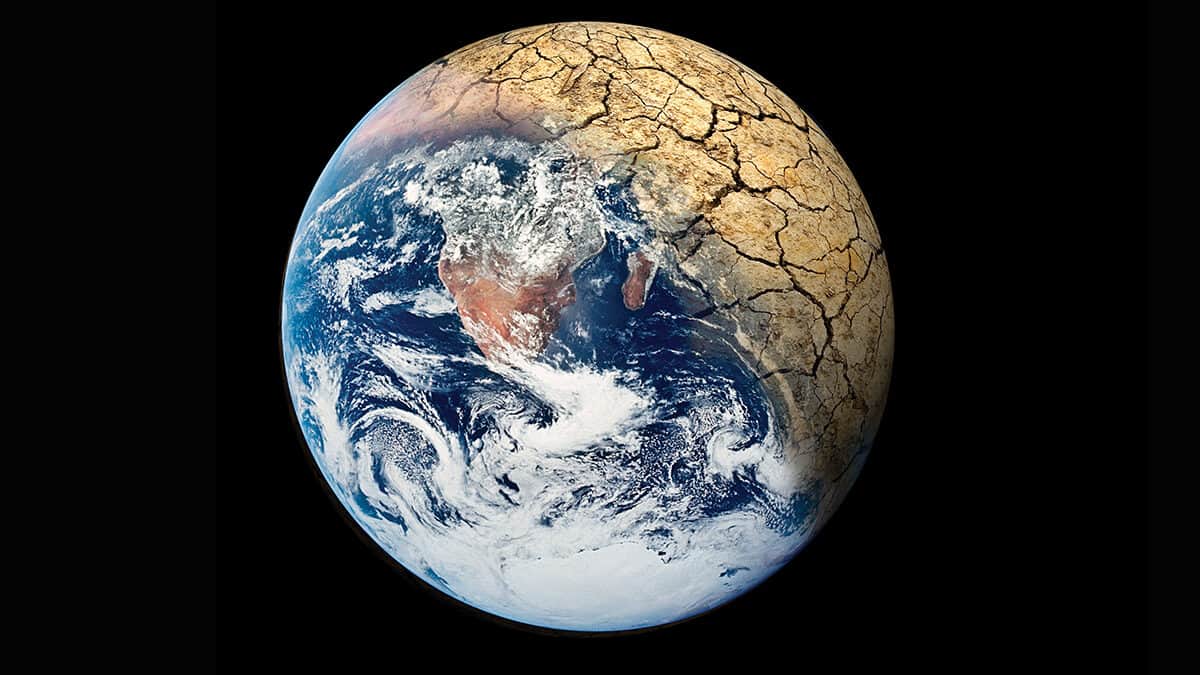About 145 million years ago the Jurassic period ended and the Cretaceous began. More dinosaurs lived during the Cretaceous period than at any other. In fact, the world offered a wider variety of environments and species than before…
Whilst the two main continents, Laurasia and Gondwana, had been slowly moving apart for millennia, during the Cretaceous period they began to break up to form the continents we know today.
Oceans still covered most of the planet and many low lying areas were under water. At this time, you wouldn’t have been able to travel from one side of America to the other without a boat – there was a shallow ocean in the middle!
As the land broke apart, dinosaur species became separated from one another and had to adapt to new and different environments – from wet, cold and rainy, to hot and dry.
There were still leafy forests where huge plant eaters like Muttaburrasaurus would graze.
Muttaburrasaurus, which was 8 metres long, lived in what is now Australia and ate plants like cycads and ferns. And because the range of plant life increased substantially during the Cretaceous period, there was more to be eaten, including the first plants with flowers!
Other parts of the world were much drier – like the deserts today. Dinosaur fossils found in the Gobi Desert in East Asia show animals in the deserts then, just like now, had to be tough to survive – like the fierce predator Velociraptor!
Velociraptors were agile dinosaurs about the same height as a man. They ran on their back legs and had sharp teeth for tearing their prey. It is believed that they hunted in packs, and had a feathery coat.
They may have hunted Protoceratops, a tough quadruped (that means four legged animal) also found in the Asian continent. He was an early relative of famous horned dinosaurs like Triceratops, but much smaller – less than two metres long, with a bony frill on the back of his skull, probably for display, and a very tough skin that would have been difficult to penetrate. Unlike his later relatives, Protoceratops lacked horns. To help him eat, he had a sharp beak-like mouth, rather like a parrot’s, for slicing through the driest and hardest vegetation.
To help make sense of all the different types of dinosaurs, Palaeontologists “classify” each species. Classifying means sorting them into groups on the basis of their similarities, such as type of skeleton or behaviour. It’s even possible to work out the dinosaur “family trees” by classification.
> Visit the Age of the Dinosaurs homepage
> Download the free Age of the Dinosaurs podcast from iTunes
Add a commentAge of the Dinosaurs
Find out all about the Jurassic and Cretaceous periods!
More From Age of the Dinosaurs



